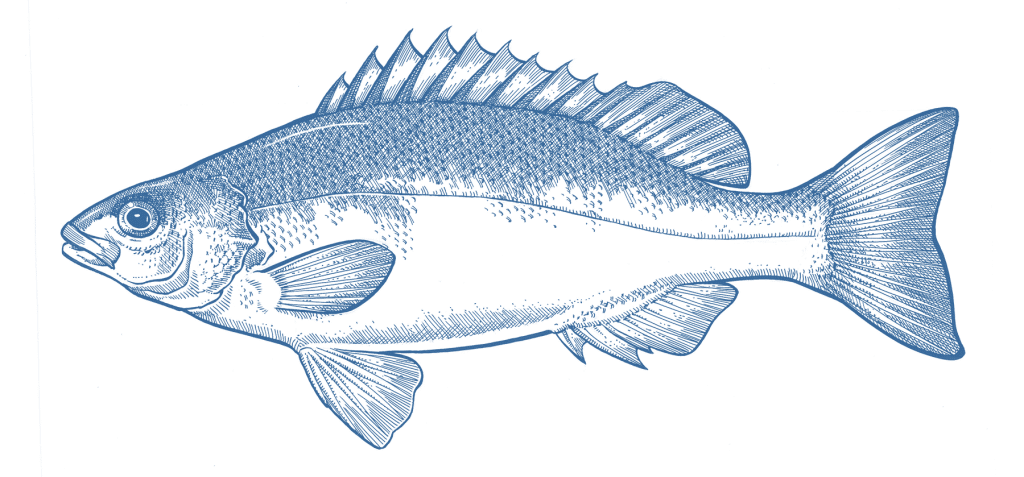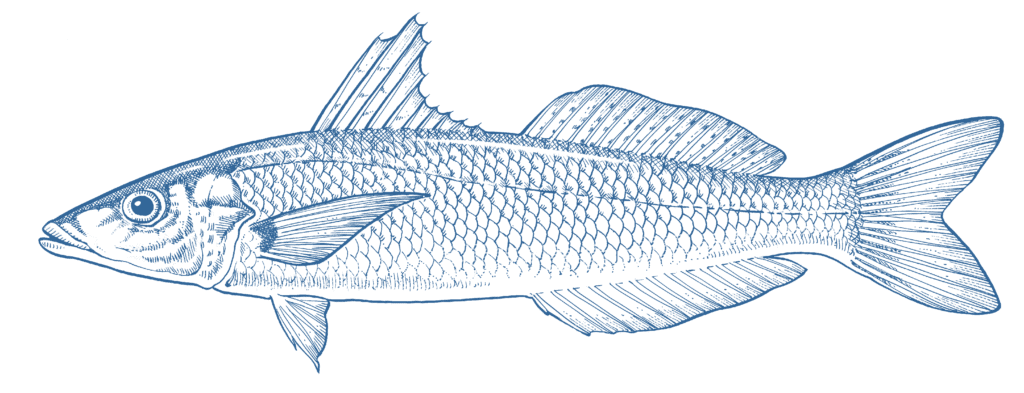




- Say No
Wild Caught
Region:
Commonwealth waters
- Gummy sharks are endemic to Australian waters. The majority are caught in fisheries managed by the Commonwealth and WA governments.
- Gummy shark is commonly sold as ‘flake’, which is a marketing term that also includes rig, a species of shark imported from NZ. However, a broad range of shark species, including some that are endangered, are also labelled as ‘flake’.
- Gummy sharks are caught by gillnet and bottom longline fishing. Populations caught in the Commonwealth-managed fishery are healthy.
- Previous issues with the capture of endangered Australian sea lions in Commonwealth waters have largely been resolved, with areas closed to gillnet fishing around sea lion colonies, and measures in place to close larger areas to fishing in the event of sea lion deaths further out to sea.
- Gillnet boats fishing in Australian sea lion habitat in South Australia are 100% monitored by video cameras on boats, which provides confidence in understanding the costs of fishing to this species.
- Endangered school sharks are also caught in the Commonwealth gummy shark fishery, and can be sold on. A rebuilding plan is in place for school sharks but only requires the recovery of the species to get to 20% of its original numbers within a 66 year time frame, which is inadequate protection.
- Commonwealth Southern and Eastern Scalefish and Shark Fishery (Gillnet and Shark Hook Sector) (1,651t in 2021/22)
Gummy sharks are endemic to Australia, found throughout southern waters and caught in fisheries in WA, VIC, TAS, NSW and in Commonwealth waters. They are mostly caught using gillnets, but also longlines, deployed on the seafloor in the Commonwealth Gillnet, Hook and Trap Fishery.
Gummy shark is commonly labelled ‘flake’ at point of sale. The term ‘flake’ can refer to both gummy shark and rig, a species of shark imported from NZ. It should be noted that a broad range of shark species are labelled as flake at point of sale, and there is evidence that endangered shark species are being sold as ‘flake’. It is AMCS’ view that it is not possible for seafood consumers to be certain they are not eating endangered species when they choose flake.
Gummy sharks are a smaller species of shark that, unlike other larger species of shark, reproduces relatively quickly and produces a number of pups. These factors mean that fishing for this species can be managed at sustainable levels if managed well.
The stock status of gummy shark across southern Australia is well understood in Commonwealth waters, and populations are healthy.
The Commonwealth-managed fishery has successfully addressed past impacts on endangered Australian sea lions, which are also endemic to southern Australian waters.There is now evidence that bycatch from the Commonwealth fishery no longer drives declines of Australian sea lion breeding colonies. Areas around sea lion colonies are closed to gillnet fishing, and limits are in place for the number of sea lions that can be killed in the fishery before further large areas of sea lion foraging habitat are also closed. This strategy to reduce the impact of fishing on Australian sea lions is backed up by video monitoring. All boats fishing with gillnets near Australian sea lion colonies are fitted with cameras that record what is caught, which means log-book reports of Australian sea lion deaths are verified by an independent method. Dolphin bycatch is also an issue in this fishery, and measures are in place to reduce dolphin deaths, although it is not clear whether these methods are adequate to ensure no impacts on the population of affected dolphins.
The major issue in the Commonwealth-managed fishery is the capture of endangered school shark. School sharks were previously a desired species in the fishery, and the stock has been rated as overfished by fishery managers since the 1990’s. Recent genetic studies show that school shark populations are dangerously overfished, with considerable scientific uncertainty that there is a recovering trend. School sharks are caught alongside gummy sharks, and as it is not possible to fish for gummy shark without catching endangered school sharks. School sharks can still be caught and sold under a special category within Australia’s national environmental laws which has proven highly problematic.
There is a plan in place to rebuild school shark populations to 20% of their original numbers, within an unacceptably long timeframe of 66 years. Previous rebuilding plans specified that school sharks should have rebuilt within 32 years, but this target was weakened in subsequent decisions that prioritised economic interests of gummy shark fishers.





